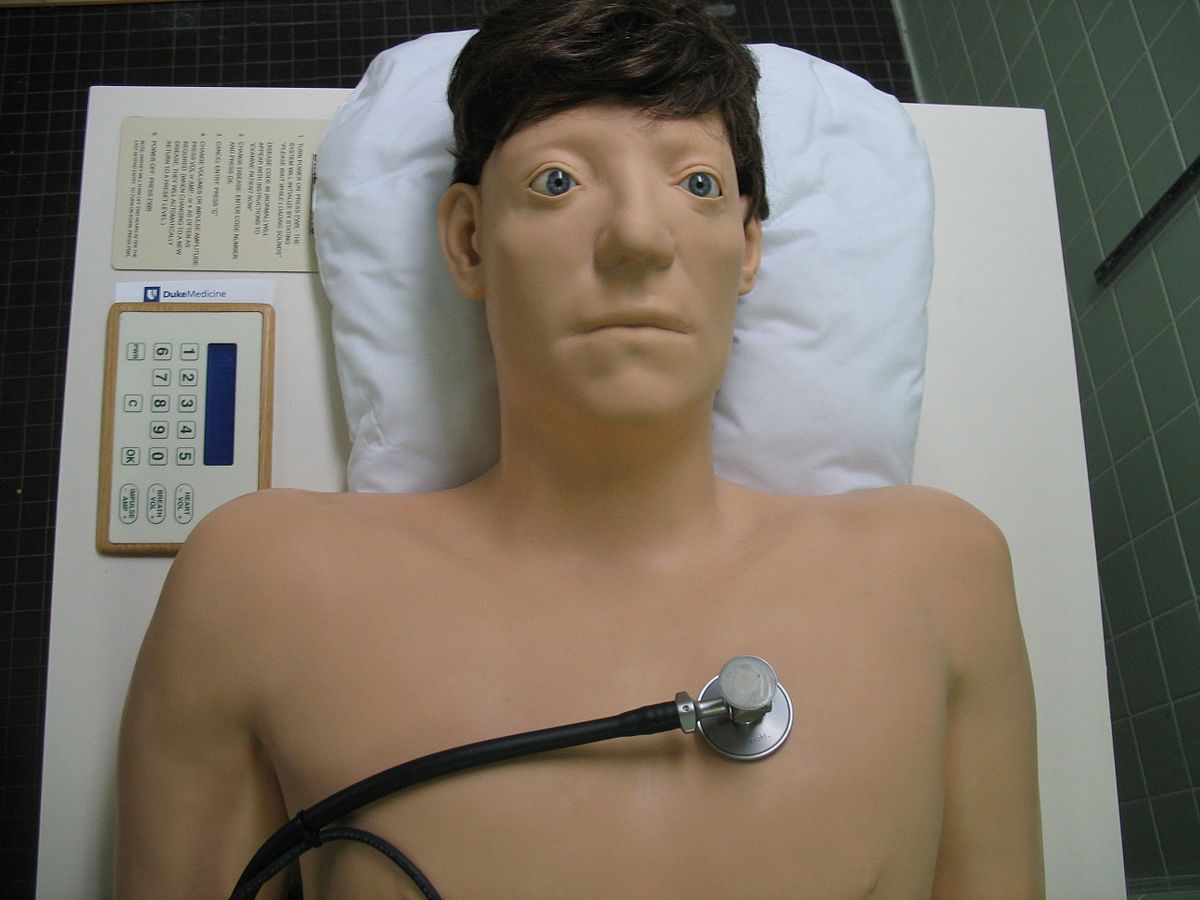Researchers at the Japanese Tottori University Hospital together with medical company Tmsuk R&D Inc have created a medical simulation robot using 3D printing. The robot has been named ‘Mikoto’ which means ‘life’ in Japanese and is intended to provide a more realistic training simulation experience for medical students.
Founded in 2014, Tmsuk R&D Inc is a Japanese research company that specializes in creating medical robotics.
A robot with feelings?
The Mikoto robot has been designed to express to pain and also features a gag reflex, the intent is that medical professionals and students gain a greater awareness of the patient experience. The robot has been developed in contrast to traditional simulation tools which are stiff and unresponsive, requiring users to exert force in order to work on them. Naturally, learning in this way is not beneficial for future patients which will not be robotic in nature.
Mikoto has been initially developed for three medical procedures: endotracheal intubation, gastrointestinal endoscopy and sputum suctioning. The robot is programmed to give each user a score based on how well they performed the training exercise. Researchers from Cornell University have similarly utilized 3D printing to create a robot enabled with the sense of feeling.

3D printed internal organs
In order to create its internal organs, the tongue, esophagus and windpipe, the researchers used digital images of a patient before 3D printing the models. Dr. Toshiya Nakano a neurologist at the university said, during the unveiling of the device, that it addresses a need to teach new medical skills. As he says,
Due to rapid advances in medicine and medical technologies, the skills and tasks medical professionals need to learn have diversified,
The use of 3D printing to create lifelike models is apparent with many hospitals using 3D printed surgical guides. In the landmark case of the McDonald conjoined twins, 3D Systems were enlisted to provide detailed 3D printed models for the complex 27 hour long surgery.
Don’t forget to cast your votes in the 3D Printing Industry Awards, and if you’d like to attend the event in London, tickets are available here.
For the latest news on medical 3D printing, sign up to our newsletter and follow us on twitter.
Featured image shows the Mikoto robot. Photo via The Japan Times.



